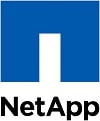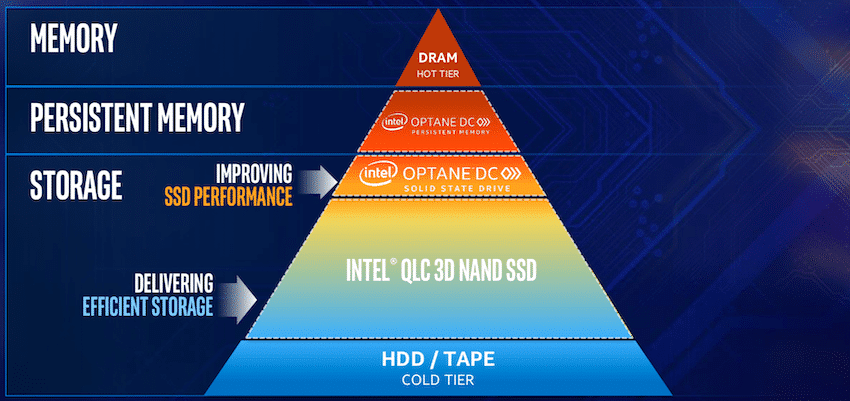
NetApp has announced Memory Accelerated Data (MAX Data) 1.3, which is highlighted by its support for Intel Optane DC persistent memory. The company expects this new update to give organizations a competitive edge by allowing them to be more flexible with their data and thus their customers. NetApp’s MAX Data significantly accelerates application performance by taking advantage of persistent memory on the host-application server. It can also save costs by reducing the number of application servers and extends ONTAP data management features including mirroring cloning and snapshot copies.
With update 1.3, MAX Data uses a new memory tier that is designed to help customers "put their data to work" without the need to rearchitect critical applications. Moreover, NetApp believes it will give customers the tools to better manage and access large datasets and will enable a Data Fabric strategy into their servers with applications and data critical to their business.
MAX Data is touted as the first enterprise storage solution to leverage Intel Optane DC persistent memory in servers to store persistent data. NetApp claims that this will result in affordable, memory-like low latency and flash-like capacity, without having to rewrite application code, giving organizations the ability to take full advantage of real-time apps.
NetApp Max DATA Solution Brief
Sign up for the StorageReview newsletter

